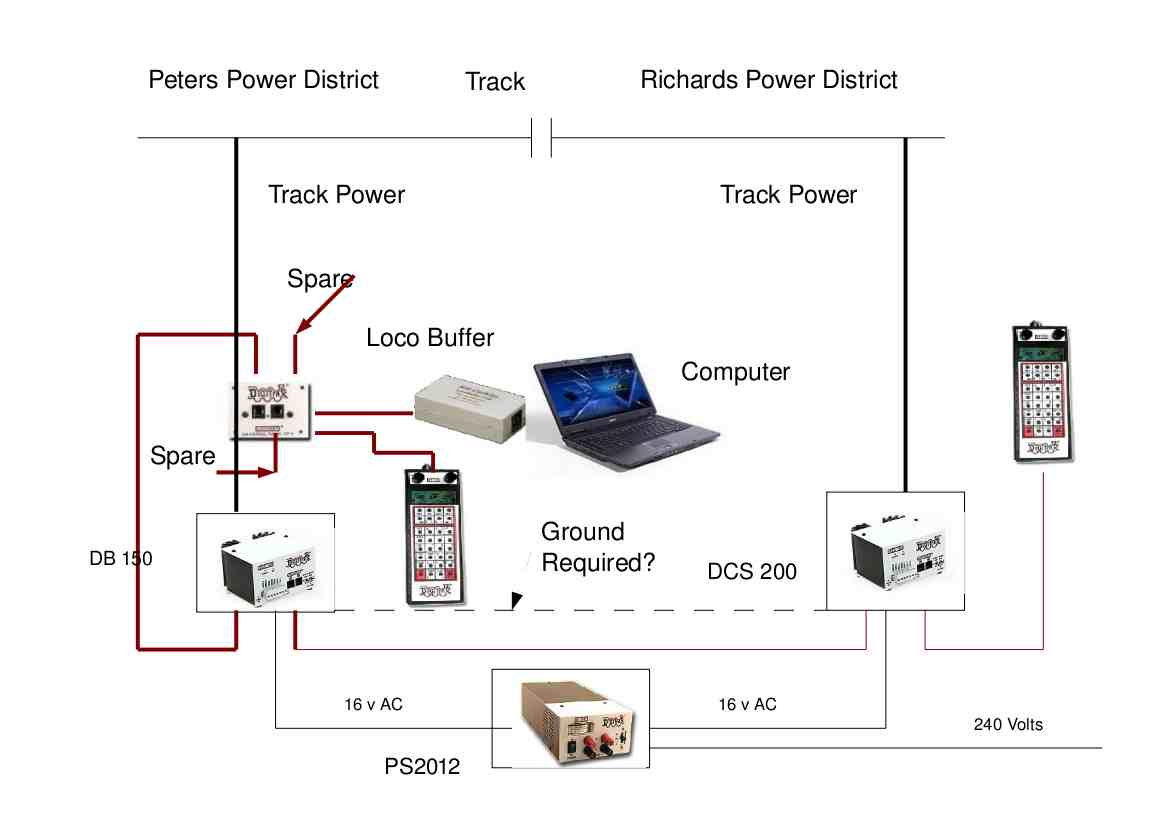N Gauge
Home Photo Gallery
DRAFT N Gauge Module Standards
The
group did have a small N-Trak group, but unfortunatly the owner of the
corners has dropped out. At around the same time the HO members
were playing with the idea of a double sided 18" wide module - the
idea being that the track down one side would be double, that down the
other single. It was thought if these proportions would work for
HO they could certainly work for N gauge.
One important
lesson was that we could avoid the problem of corners by using a dog
bone with the return loops being made from set track.
To
this end a club module can be regarded as a "front" oNeTrak Module with
a back "return track". Indeed the return track can be another oNeTrak
module, a set up track, a store or just a narrow senicked single track.
The "through" tracks are to
be 12" apart, track seperation to be 1.5 (or 1.25, 1.125 (FreeMo?)" (or
KATO distance - the
slight difference (3 sixteenths) can be accomodated on the 5"
interface) the second track being 1.5" further from the center.
No track center is to be closer than 2" of the table edge.
The
interface is the standard NTRAK 4.91". Our modules are currently
joined
using KATO track (in fact the smallest straight track and an ajustable
give a range of 4" to 5.5" , but this is not important. A slight
cosmetic variation is that we allow diorama dividers.
An important factor here is that a module (well at least half of it) will be oNeTrak compliant, allowing its use elsewhere.
DCC
is Digitrax. Our long term aim is to install track detection and
signalling and run prototypically under the control of a dispatcher
using a computer and JMRI.
Schematic of OneTrak DCC

Home